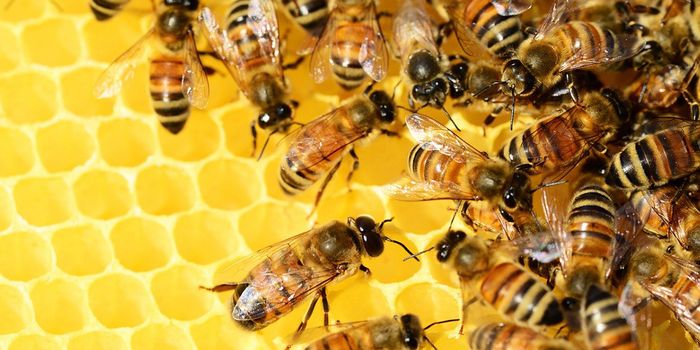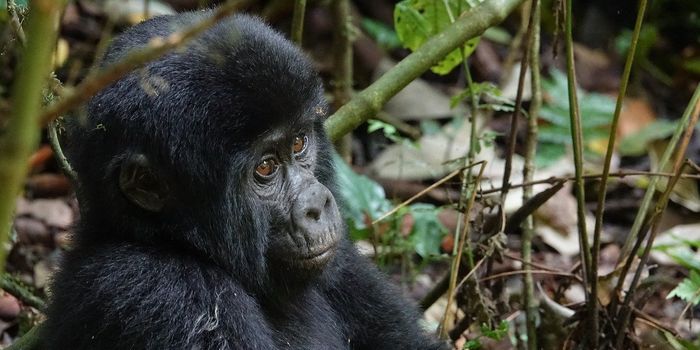What Makes a Frog's Tongue Inescapable for an Insect?
Frogs are notorious for their ability to grapple insects with their tongues, but scientists have scratched their heads for years while trying to determine the mechanisms behind it all.
Most animals wouldn't have as much success as frogs do, but frogs' tongues are unique and work like sticky darts for capturing small game. Not only do they have a special saliva that assists in the process, but the tongue's soft tissue also plays a role.
At the point of contact, the high velocity of the tongue exiting the frog's mouth enables the soft tissue to contour around insects or other small prey of almost any shape or size.
When the tongue makes contact, the saliva flows into the crevices of the prey and nearly solidifies. This creates an ultra-sticky surface that maintains high contact until the tongue is retracted back into the mouth - prey included!
Once it's in the mouth, the frog just swallows the prey whole and goes about his business.








